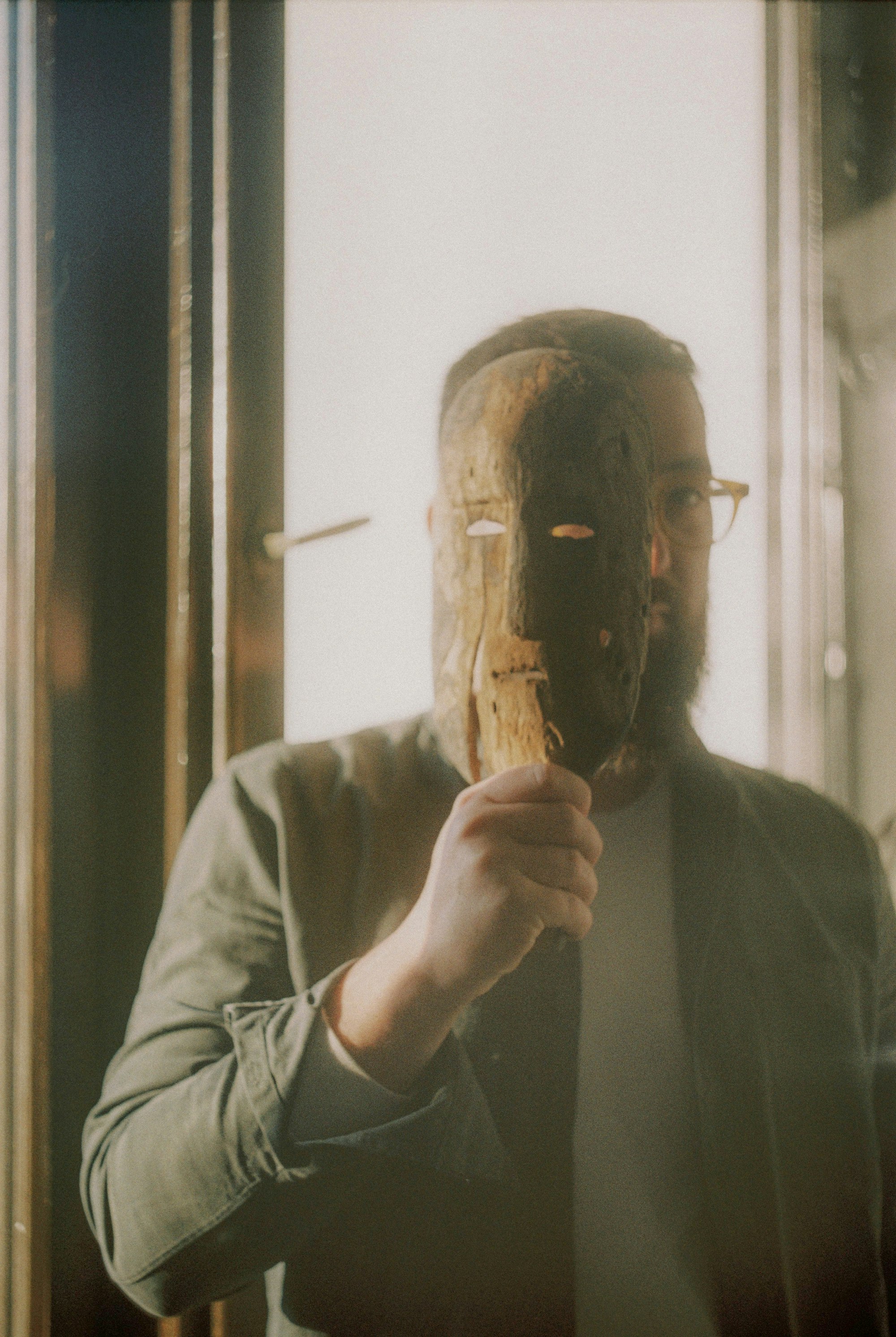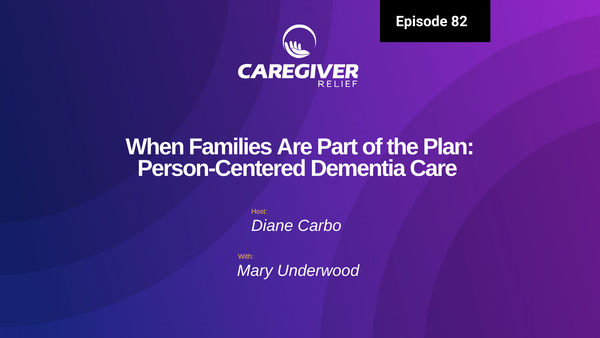What are Hallucinations?

Hallucinations can be defined as sensory experiences that appear to be real but are not generated by anything external. They can happen to anyone, and can be triggered due to mental illnesses, substance use, or other causes. It is important to understand hallucinations in order to recognize them, diagnose, and properly treat related issues.
Hallucinations are a sensory experience of seeing, hearing, smell, taste or feeling something that does not exist in the physical world. People experiencing hallucinations might hear voices, music, or even feel something touch them when nothing is actually present. This phenomenon is often associated with mental illnesses like schizophrenia, however there are other potential causes like extreme stress, fatigue, brain injury, and substance use.
Hallucinations can also be a part of religious and spiritual experiences, often referred to as divine encounters or visions. While it is impossible to differentiate between true and false hallucinations, it is important to understand what they are and how to manage them if they do arise.
Although hallucinations can be unsettling, most of the time they are harmless. However, they can be dangerous if they lead to instability, paranoia, or delusions. It is important to seek medical help or consult with a professional if someone experiences hallucinations that significantly interfere with their daily lives.
We will go through various types of hallucinations, the differences between delusions and hallucinations, the connection between schizophrenia and hallucinations, and when substance use can lead to this phenomenon. We will also discuss how doctors diagnose and treat hallucinations, and offer resources for anyone seeking more information.
Types of Hallucinations
Hallucinations are defined as perceiving sensory experiences such as seeing, hearing, or smelling things that don't actually exist. This phenomenon can occur in both healthy people and those with mental health issues. People who experience hallucinations may feel confused, frightened, or overwhelmed. It's important to understand the different types of hallucinations that exist, their causes, and how they can be treated.
Hallucinations are divided into two primary categories—psychotic and non-psychotic. Psychotic hallucinations involve distorted thoughts and beliefs that are not based on reality. Non-psychotic hallucinations are caused by heightened senses or medical conditions such as a stroke or drug use.
Psychotic hallucinations include:
- Auditory hallucinations - hearing noises or voices that are not there.
- Visual hallucinations - seeing shapes, lights, or people that are not real.
- Tactile hallucinations - feeling physical sensations such as being touched or poked.
- Olfactory hallucinations - smelling odors that are not present.
- Gustatory hallucinations - tasting flavors or foods that are not actually there.
- Kinesthetic hallucinations - physical sensations of movement.
Non-psychotic hallucinations can be caused by:
- Medication side effects.
- Sleep deprivation.
- Sensory overstimulation.
- Epilepsy.
- Alcohol or drug use.
- Migraine headaches.
- Brain tumors.
- Stroke.
Managing hallucinations involves identifying the underlying cause and receiving appropriate treatment. For psychotic hallucinations, medication and psychotherapy are often recommended. Non-psychotic hallucinations may require lifestyle changes, medications, therapy, or other treatments depending on the underlying cause.
Delusions vs. Hallucinations
Delusions and hallucinations are both symptoms of mental illness that can greatly impact a person’s life. While they are often considered to have similar characteristics, they are actually quite different in nature. To understand the difference between delusions and hallucinations, it is important to recognize what each of them involves.
A delusion refers to a false belief that is held regardless of evidence presented contrary to it. A delusional person may believe they have a superpower or can control the weather when there is no evidence to support their thoughts. People with delusions may become irritable or aggressive because they are so convinced of their beliefs. Delusions can also cause a person to behave erratically and can potentially lead to dangerous situations.
Hallucinations, on the other hand, refer to sensory experiences that have no basis in reality. This means that a person experiencing a hallucination may feel, hear, see, smell, or taste something that does not exist. For example, a person might see a pink elephant in the corner of the room but in reality, there is no elephant present. Hallucinations are most commonly associated with schizophrenia, though they can occur in other mental illnesses as well.
It is important to note that delusions and hallucinations are separate conditions, even though they may share some similarities. While they both involve false beliefs and perceptions, a person may be suffering from one or both of these issues at once. It is important to seek professional help if you believe you or someone else is suffering from delusions or hallucinations.
Schizophrenia and Hallucinations
Hallucinations are strongly associated with schizophrenia, a serious mental illness characterized by distorted thoughts and feelings, delusions, and social withdrawal. It is estimated that between 70-95 % of people with schizophrenia experience hallucinations in some form. These hallucinations can take on many different forms, such as seeing or hearing things that are not actually there.
The types of hallucinations experienced by someone with schizophrenia are often related to their other symptoms. For example, people may hear voices calling their name, making comments about them, or giving them commands. This type of hallucination is known as an auditory hallucination. Other people may experience visual hallucinations, such as seeing people or objects that aren’t really there, or tactile hallucinations, where they feel like something is touching them even though nothing is there.
The exact cause of schizophrenia is unknown, but it is likely to involve a combination of genetic and environmental factors. People with schizophrenia are also more likely to abuse drugs and alcohol, which can contribute to the development of hallucinations.
It is important to note that not everyone who experiences hallucinations will have schizophrenia. However, if someone has symptoms of schizophrenia and is also experiencing hallucinations, they should seek medical attention. Treatment for schizophrenia typically includes a combination of therapy and medication. In some cases, hospitalization may be recommended as well.
Substance-induced Hallucinations
Hallucinations caused by substance use are called Substance-induced Hallucinations. These types of hallucinations occur after a person has used certain drugs, medications or alcohol. The effects and symptoms of substance-induced hallucinations can be different from person to person, depending on what drug has been used, how much was consumed, and the individual’s personal environment and mental state.
Substance-induced hallucinations can have both positive and negative consequences depending on the person’s underlying mental health and the substance being used. For example, a hallucinogenic, such as LSD, often produces positive hallucinations that can be described as vivid and spiritual. On the other hand, alcohol-induced hallucinations can often become violent and alarming, creating nightmares, distorted images, and frightening sensations.
In general, substance-induced hallucinations are usually temporary and diminish with time. However, they can also be prolonged or recurring depending on a person’s individual physiology and the amount of time they have been using the substance in question. It is important to keep in mind the effects of these substances can change over time, so if you or someone you love is experiencing persistent or unusual hallucinations, it is best to seek medical help immediately.
Diagnosis of Hallucinations
When it comes to diagnosing hallucinations, doctors look for a number of key indicators. First, they will look for a pattern of symptoms that suggest hallucinations are present. This includes seeing or hearing things that are not there, having false beliefs about what is happening (delusions), and changes in behavior or personality.
In some cases, doctors may also order psychological tests or brain scans to rule out other potential causes and determine if a person is indeed experiencing hallucinations. It is important to note that hallucinations can be caused by a wide variety of conditions, including schizophrenia, anxiety, depression, and drug use.
Doctors may also speak with the patient's family members or close friends to gain more insight into the context in which the hallucinations occurred. This is especially important if the hallucinations have been going on for some time.
Finally, it is important for doctors to get a thorough history of any drug or alcohol use the person may be engaging in, as substance-induced hallucinations can also be the cause of the hallucinations. Identifying the cause of the hallucinations is key to getting the right diagnosis and treatment plan.
Treatment of Hallucinations
Hallucinations can be treated with various types of medicine and therapies, depending on its cause. Generally speaking, treatment involves either medications or psychotherapies, but in some cases, alternative treatments may also be utilized. It is important to discuss the best course of treatment with your doctor based on your individual situation.
Medications
Antipsychotic medications are a common treatment for hallucinations due to mental illness. These medications work by altering the chemical levels in the brain, which helps reduce hallucinations. Common antipsychotics include chlorpromazine, haloperidol, aripiprazole, and risperidone. It is important to take these medications as prescribed because improper use can lead to serious side effects.
Psychotherapy
Psychotherapy, or talk therapy, is also an effective treatment for some types of hallucinations. Cognitive behavioral therapy (CBT) is a type of psychotherapy that focuses on changing the way you think and act. This type of therapy can help people learn to manage their symptoms and prevent future episodes of hallucinations. Other types of therapy, such as family therapy and group therapy, are also used to treat hallucinations.
Alternative Treatments
In some cases, alternative treatments may be used to treat hallucinations. These treatments include yoga, meditation, acupuncture, aromatherapy, and hypnosis. While these treatments may be beneficial, it is important to discuss them with your doctor first to understand the potential risks and benefits.
Treating hallucinations is an important part of maintaining mental health and wellbeing. If you are experiencing hallucinations, it is important to seek treatment so that you can reduce or manage your symptoms and live a healthier, happier life.
Conclusion
Hallucinations can be a difficult subject to approach, but it’s important to understand as they can have very serious implications. In this guide, we discussed what hallucinations are and what different types exist, as well as the differences between delusions and hallucinations. We also explored how schizophrenia and substance-induced hallucinations are related and how doctors diagnose and treat them.
If you or someone you know is experiencing hallucinations, it’s important to seek help from a medical professional.
You might also like this article:







